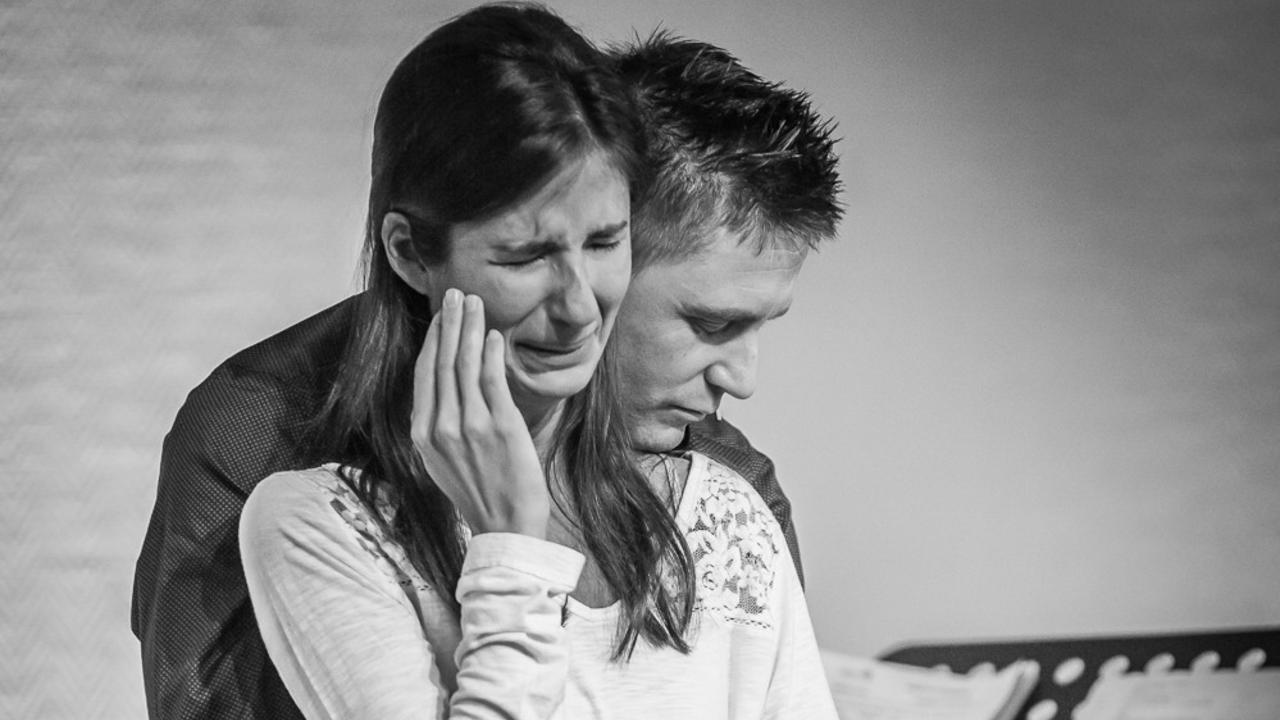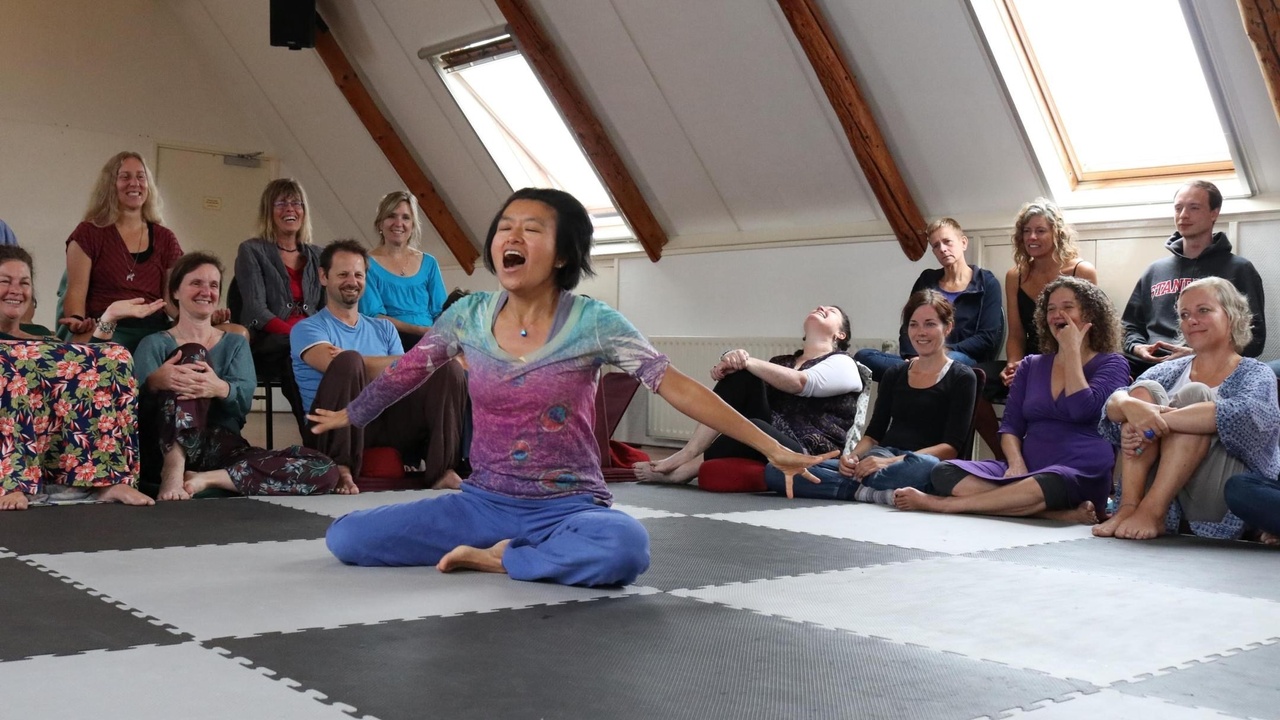
How To Feel Safe So You Can Live Your Full Potential
In order to heal, you need to feel.
In order to feel, you need to feel safe.
Safety in your nervous system allows all that wants to be felt to come to the surface. If you don't feel safe, you risk burying and repressing your trauma which can manifest as depression, stress and disease.
But don't confuse feeling safe with being comfortable. Safety allows you the capacity to meet life, your fears and insecurities head on and be able to digest them, resulting in a life of freedom, ease and grace.
Safety is created in the nervous system when the environment allows for rest, moving away from vigilance and fight and flight, to a relaxed para-sympathetic state. However, it’s important to understand this one distinction about safety: your perception is the most important factor that determines how safe you feel, more than the influence of your environment or the outer world. This is great news! Since you can learn how to have more choice in your perception, you can also learn how to control your level of safety in any situation.
Watch the video below to learn about fascinating research which shows the effect that unsafety has on the brain and nervous system.
In the first part of this three-video series, watch Christian share why increasing your capacity for safety is critical to your wellbeing and the fascinating research which shows the effect that unsafety has on the brain and the nervous system.
What we can conclude from this video is:
1) Your environment influences your biology, dictating your brain development and actually pre-defining your capacity to feel at ease and safe. As you grew in your mother's womb, you ‘learned’ how safe the world was and your ‘wiring’ reflects that.
2) Your capacity to feel safe and at ease can INCREASE over time, with practice, because your nervous system can expand and learn new ways of being.
3) It's not just your environment, but your perception of the environment that influences how safe you feel. This is good news, because your perception is in your control. Change your perception, change your life!
Isn’t it amazing that the more safety you have, the more able you are to witness yourself and gain insight from your experiences. These are the necessary steps of preparation that allow you to take more ownership for your choices and direction in life.
This leads us to the next question: How do you begin to feel safe enough to take the kinds of risks that will help you to confront your fears? Watch this video to discover what you need.
Safety vs. Comfort
The best way to explore your insecurities is through safety - so that you’ll have a safety net to know that, no matter what, you’ll be okay. However, true safety isn’t the same as feeling comfortable or good. Real embodied safety is the only way to feel safe enough to connect with the previously ‘unsafe’ parts of yourself, which will initially feel scary and uncomfortable to explore.
Safety is different than comfort. Comfort is the feeling of ease that is experienced when you consciously or unconsciously choose to associate with the behaviors, thoughts and emotions that are familiar to you. Sometimes, this can be soothing, and other times, staying in your ‘comfort zone’ can keep you from exploring and manifesting your full potential and deepest wishes. ?
Safety is a state of deep emotional-energetic relaxation that occurs when you feel accepted and supported. In this place of relaxation, your awareness has permission to open up and lead you to the deeper insights that can mend your younger wounds. Safety is absolutely necessary for this deeper healing to unfold.
PRESENT MOMENT PRACTICE: Take the time now to pause and check in with your current level of safety. Just like checking the fuel level of your car before heading out to meet your day, you can check in to see what your safety level is before you step into your day. It’s also helpful to check in on this important point anytime during your day and/or at the end of your day. Safety is your fuel - without enough of it, you can run low on inspiration, focus, vitality and joy, and instead, unintentionally move into using the less enjoyable ‘back up’ forms of fuel like worry, anxiety, fear, assumption and doubt.
Now that we know why safety is so important and that we can actually increase our safety, let's put that into action now by following along with Christian in this Guided Safety Tune In...
Step by Step Instructions
Follow this guide at any time to practice the safety tune-in on your own.
a) Close your eyes so you can let go of the outer world for a few minutes. Bring your attention to your breathing – feel your breath coming in and out. Notice where your attention is right now and bring it here to this moment where you are breathing. BREATHE IN YOUR NOSE silently saying “I’m breathing in,” and BREATHE OUT YOUR MOUTH silently saying “and I’m breathing out.” Let your body move and stretch a bit - and continue adjusting your posture and position as you settle in. Feel yourself coming into a more still place. Your body may start to feel really still or it may need to keep moving as you explore your stillness. Follow whatever feels best to you while you notice the difference between the unsettled, fidgety movement and the movement that’s connected with your breathing. Keep feeling the rhythm of your breath, in-and-out, in-and-out.
b) As you settle in, bring your attention to your body – whether that means noticing different sensations or whether it’s easier to feel your inside space, like noticing how your energy is moving inside your body right now. What do you notice about your inside space? As you feel your body space more, continue breathing in your nose and out your mouth – and tune in to how it feels to receive your breath in (relaxing your face and eyes) and then how it feels to express your breath out (relaxing your jaw and mouth). Notice if you are blowing or pushing your breath out, and explore how you can let your jaw drop and feel how the air can release from your throat. If you’re feeling disconnected, then bring your hands to your face and touch the parts of you that are holding tension – whether it’s your forehead, eyes, mouth or jaw. You can use your hands to lower your jaw if it feels frozen in place.
c) Bring your attention to where your breath is expanding inside your body. Notice if your breath expands with more ease in your upper body – into your chest, or in your middle – through your ribcage and diaphragm, or in your lower body – into your belly. Notice which area of your body has the most space to receive your breath – and let your attention focus into that area while you continue breathing in your nose and out your mouth. Let your breath be however it is, without trying to make it bigger or deeper. Simply feel how much breath you can take in right now. See if the rhythm of your breathing feels good, or if it feels too slow or too fast. Listen and feel if there’s some part of you that wants to receive more breath right now. Keep tuning-in to your body, and little-by-little, continue to lower your shoulders, stretch open your hands and feel your feet on the floor.
d) Now, place your hands on the part of your body that has the most space to receive your breath – your upper, middle or lower body. Feel how your body moves under your hands as you breathe - how this part of you expands out as you breath in and fill it with air, and how it draws back into you as you breath out and release the air. Recognize the safety in this part of you that is able to receive your breath. Say aloud to yourself, “I feel safe here.” If it feels right, allow yourself to release your exhale with a sigh from this place of being in your body, feeling your stillness and being connected to your safety. Let your heart express a sigh of relief around feeling safe to open – whether it’s a little opening or big one, simply notice the movement of the opening and closing of your heart.
e) Gently open your eyes and notice how you feel overall in this moment. Do you feel more relaxed, more connected to your body, emotions, energy? Do you feel more open and safe to receiving joy?
Enjoyed this practice? Why not join us for the Heart iQ Challenge and connect with others on the path of increasing their Heart iQ?
The Heart iQ Challenge is an opportunity to practice your conscious communication, embodiment and heart intelligence online with others. Although perfect for complete beginners, it's also a great way for the members of the community who have already been initiated to re-connect and to continue to deepen their practice.
Click here to learn more about the Heart iQ Challenge
Bonus Training For Coaches, Healers & Facilitators
If you are a coach, healer or practitioner of any kind, then this extra bonus training will be worth a watch. In it, Christian shares how to support a client in a 1-2-1 or group setting to connect to more safety so that you can support them more deeply. Check it out below.

Why Choose Us
Integer nisl odio, scelerisque
fermentum rutrum leo. Praesent sit amet sem aliquet, dapibus metus et, tempor sapien. Cras varius metus metus, ac tempor ex malesuada lacinia. Nulla facilisi. Integer ultrices, risus sed euismod rhoncus
orem leo egestas velit, id volutpat ex nibh a neque. Quisque orci metus
iaculis libero. Nam porttitor nisi sed elit dictum, sed rhoncus
ipsum luctus. Pellentesque viverra, diam ac euismod pharetra














